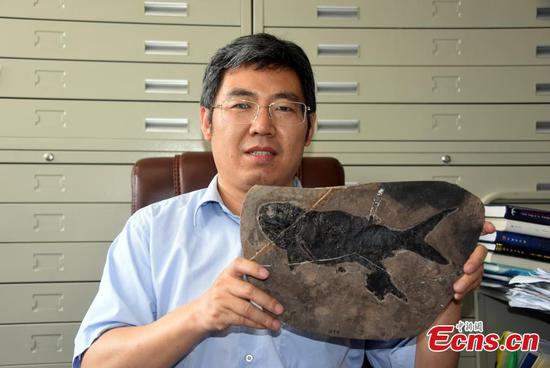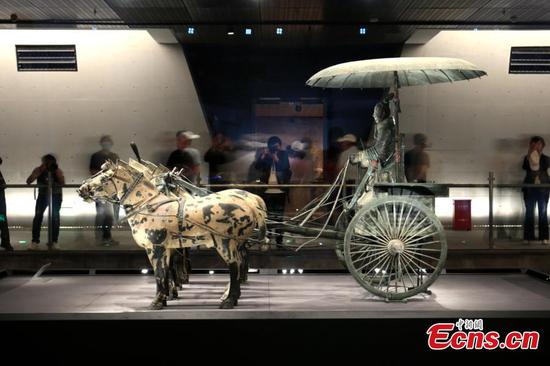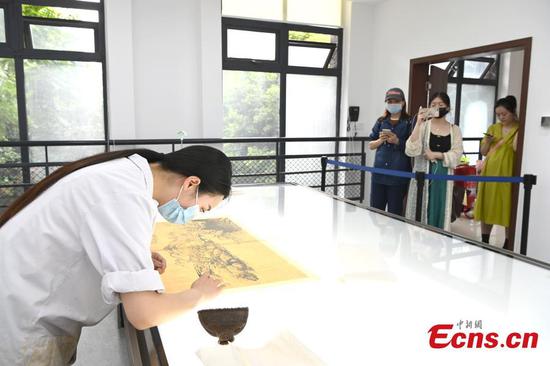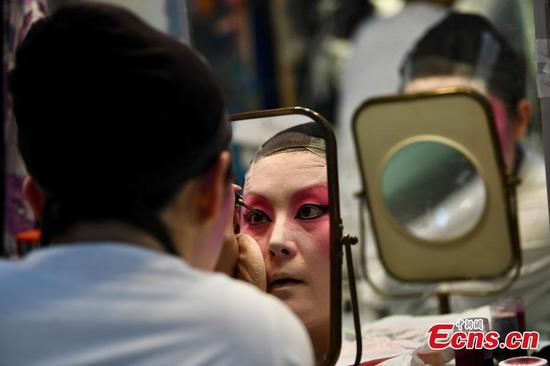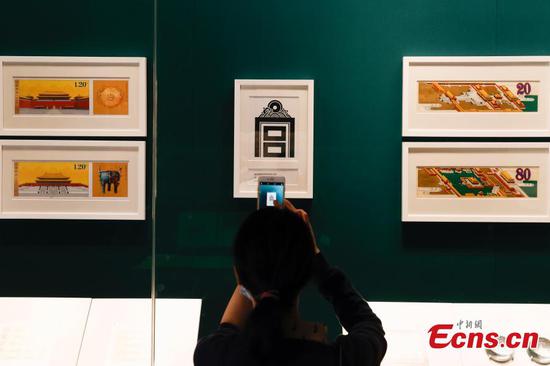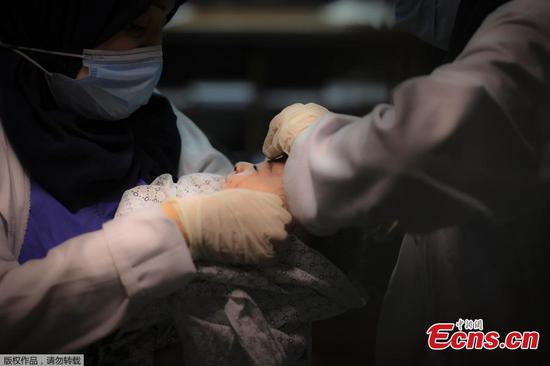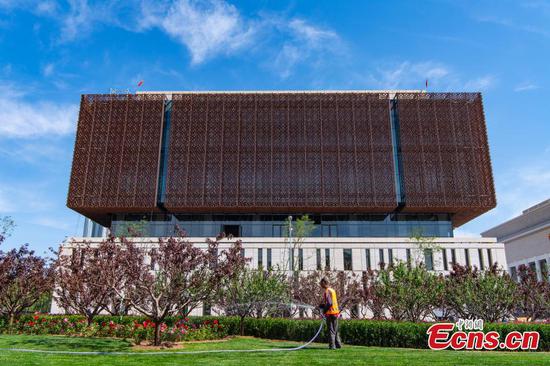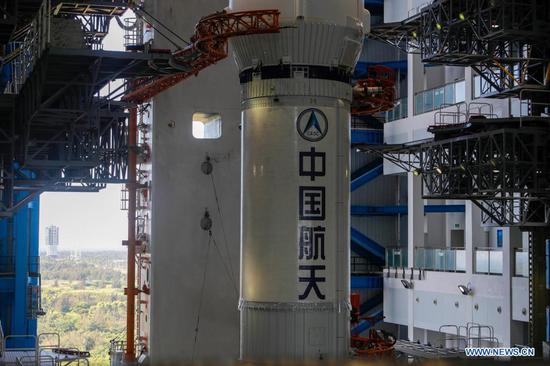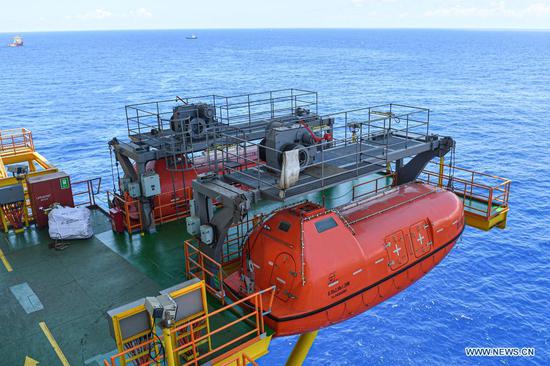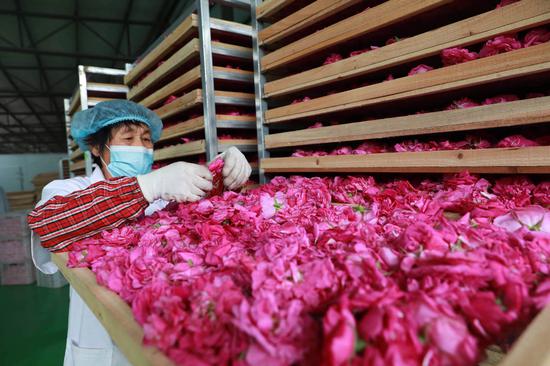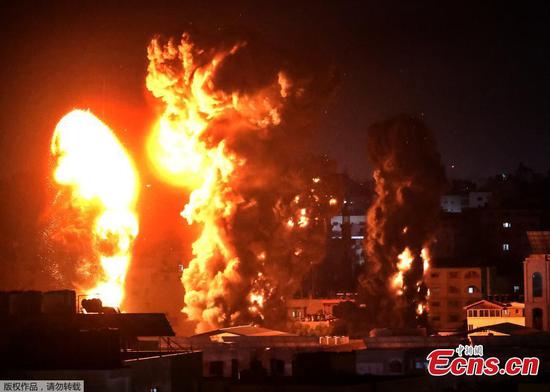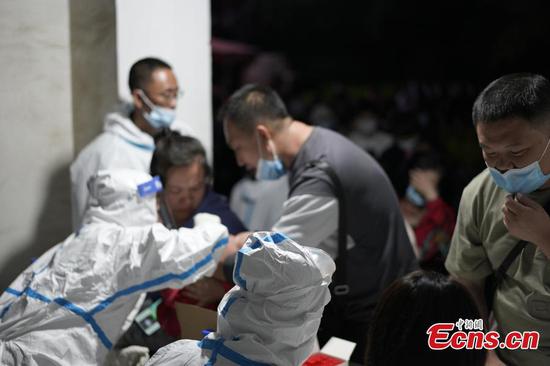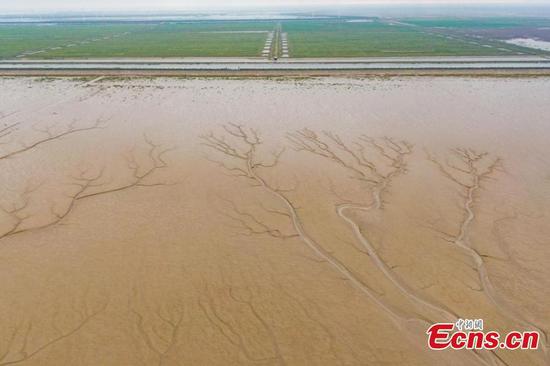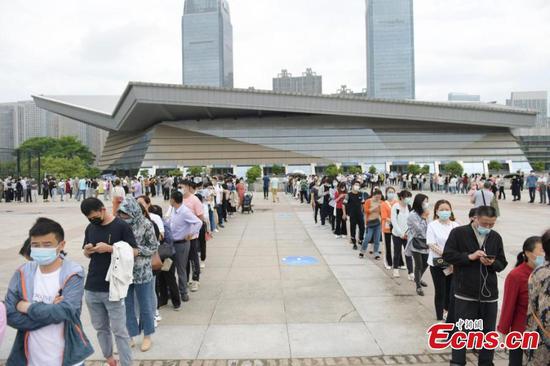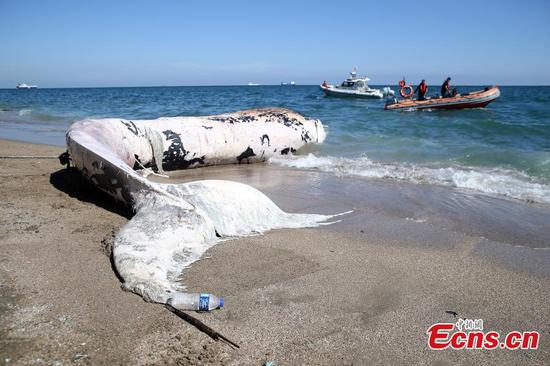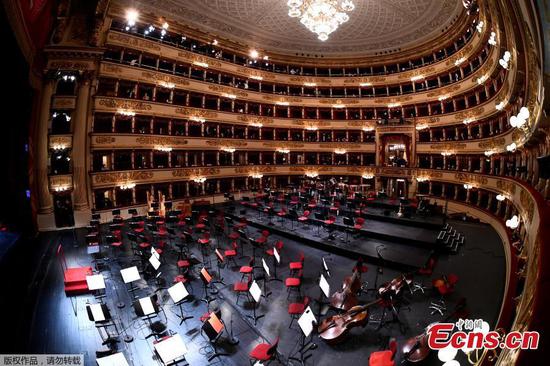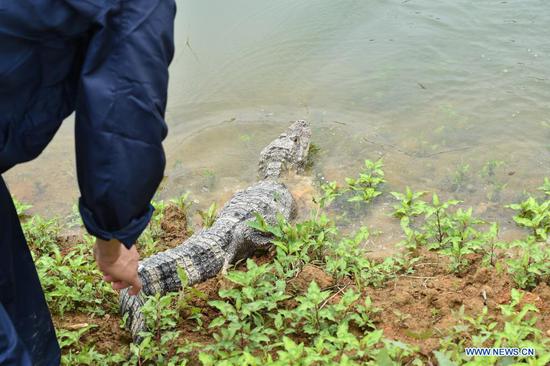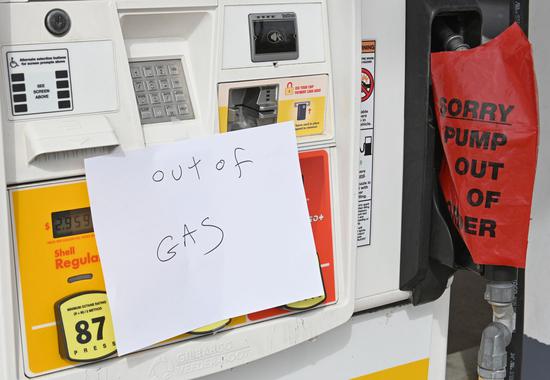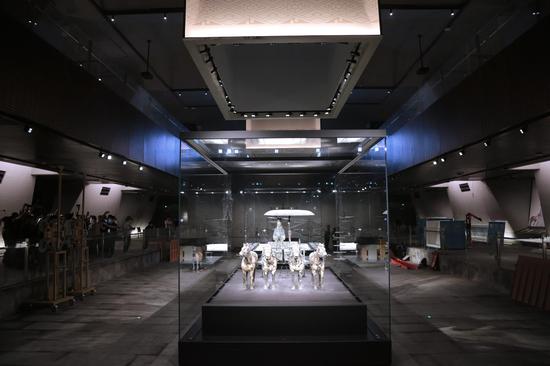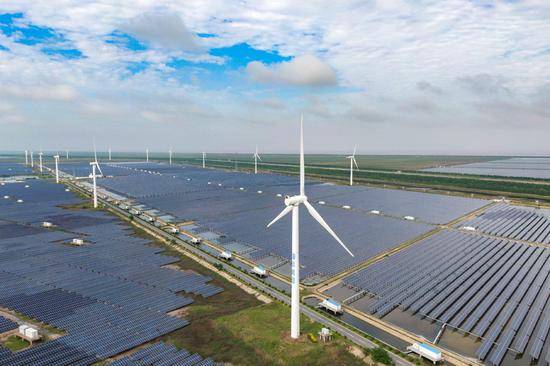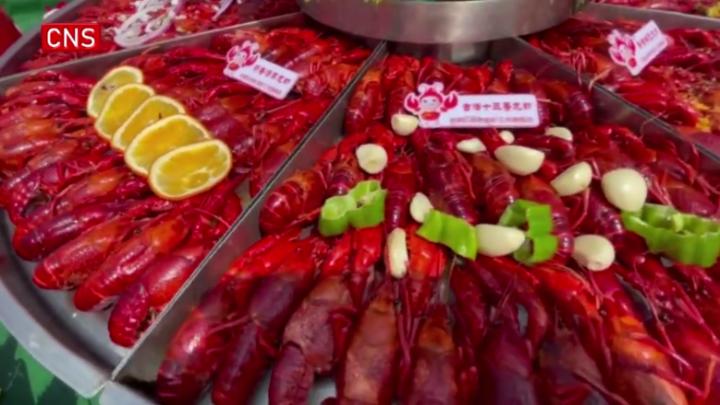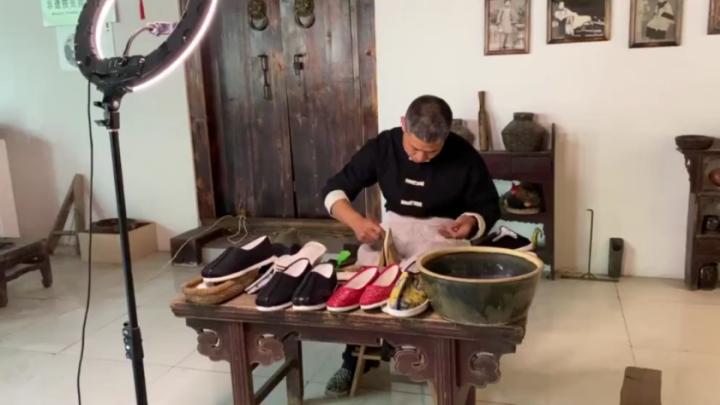Australian medical researchers have developed genetically "supercharged" cells that allow them to test the effect of SARS-CoV-2 faster than other means.
The team, from the Kirby Institute for Infection and Immunity in Society at the University of New South Wales (UNSW), unveiled the research on Wednesday.
They said the cells would enable medical experts to quickly understand the dynamics of different variants of the virus and test their ability to evade vaccines.
Research leader Associate Professor Stuart Turville said viruses in the genetically developed cells replicate four times faster than through any other technique.
"This means we quickly understand a number of things about the virus from a single swab, including potency (the potential of the virus to transmit), how the virus reacts to different treatments or whether the virus is changing in a way we don't expect it to," Turville said.
In creating the breakthrough, the team looked at hundreds of different cells to identify ones that would allow the virus to replicate as quickly and effectively as possible, with Turville calling these cells the "canaries in the coal mine," because they allowed his team to capture variants of the virus quickly.
Kirby Institute director Professor Tony Kelleher said the cells were an "incredible asset to Australia's response to COVID-19."
"We've reduced the timeline to characterize a viral variant from one month to one week. This means we know what viral properties we are dealing with while people are still in hotel quarantine," Kelleher said.
The scientists have released sped-up footage of the process showing the supercharged cells being taken over by the SARS-CoV-2 virus over a 20-hour period.
"The SARS-CoV-2 virus melts into healthy cells," Turville said. "That's what enveloped viruses do, melt the outer layer of themselves with the outer layer of a cell in a process called 'fusion'."
"So instead of the virus particle melting into a cell, the infected cells melt with their neighbor and so on like a set of dominos -- at the end we see the virus has turned the cells into large balls."










